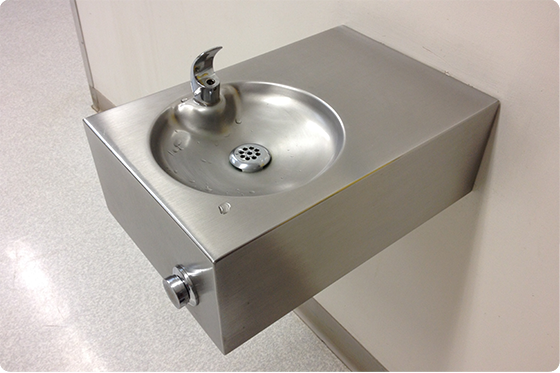
Issues with the nation’s drinking water have continued to be in the news of late. In the U.S., drinking water is regulated on the federal level by the Safe Drinking Water Act (SDWA). The SDWA aims to ensure the quality of Americans' drinking water and authorizes the U.S. Environmental Protection Agency (EPA) to set national standards for drinking water to protect against health effects from exposure to naturally-occurring and man-made contaminants.
The SDWA regulates public water systems (PWS), which are systems having at least 15 service connections or serve at least 25 people for at least 60 days a year. Drinking water standards may apply differently based on type and size of the PWS. These systems must ensure that the water they provide meets health standards established in EPA and state regulations.
The SDWA requires the EPA to establish maximum contaminant levels (MCL) for certain contaminants that 1) may have an adverse effect on human health, 2) are known or are substantially likely to occur at a frequency and at levels of public health concern, and 3) where regulation provides a meaningful opportunity to reduce human health risks. For each regulated contaminant, the PWS will have to monitor drinking water to ensure that the MCL is not triggered and take certain steps if and when the MCL is exceeded.
However, the SDWA does contain certain regulatory gaps. For instance, unless a school qualifies as a PWS, the drinking water in the school is not regulated by the Act’s terms. Recently, Congress and the EPA have taken steps to help fill some of this regulatory gap.
Lead Testing in Schools
The EPA has issued regulations covering lead and copper contamination in drinking water, known as the Lead and Copper Rule (LCR). The LCR focuses on keeping lead from plumbing from getting into the drinking water supply. While the EPA has acknowledged that there is no safe level of lead in drinking water, the EPA has set the MCL for lead at 15 parts per billion (ppb).
While the SDWA and LCR regulate the amount of lead in public water supplies, there is a lack of regulation when it comes to drinking water in schools. The SDWA and LCR only require those schools that qualify as a PWS to test their water supplies for lead, and usually schools do not qualify. When you think about the age of a great percentage of school buildings, as well as the vulnerability of children to lead poisoning, this is a large regulatory gap.
The EPA has developed a voluntary lead testing program for schools, referred to as the 3T program, with the 3Ts representing training, testing, and telling. This past October, the EPA released an updated 3T toolkit, the first update since the agency released its 3T guidance in 2006. While previous 3T guidance recommended that schools take action when lead samples exceeded 20 ppb, the new toolkit has removed this language. While the EPA does provide information on the 15 ppb MCL for PWSs in the toolkit, the agency no longer lists a suggested action level for schools. More information on the updated toolkit can be found here.
While the SDWA and LCR regulate the amount of lead in public water supplies, there is a lack of regulation when it comes to drinking water in schools. The SDWA and LCR only require those schools that qualify as a PWS to test their water supplies for lead, and usually schools do not qualify. When you think about the age of a great percentage of school buildings, as well as the vulnerability of children to lead poisoning, this is a large regulatory gap.
In addition, this fall the EPA announced a new grant program aimed at provided funding for testing lead in schools. With the Water Infrastructure Improvements for the Nation Act (WIIN), Congress created the Lead Testing in School and Child Care Program Drinking Water Grant. The program was created to assist schools and childcare programs with voluntary lead testing and includes $20 million in funding. States that are interested in participating in the program must submit a letter of intent by January 11, 2019. More information on this grant program can be found here.
Finally, in October Congress passed a Water Infrastructure bill that included language directed at replacing water fountains made before 1988 in schools. For this program, Congress has authorized $5 million per year for the 2019, 2020, and 2021 fiscal years. The bill also authorized appropriations to help schools identify the sources of lead contamination in schools and child care centers, as well as helping the grant recipients locate additional funding sources to eliminate the identified lead contamination sources. Congress authorized $25 million for this program in the 2019, 2020, and 2021 fiscal years. As of the publication of this post, the EPA has not provided more information on this newly authorized program.












